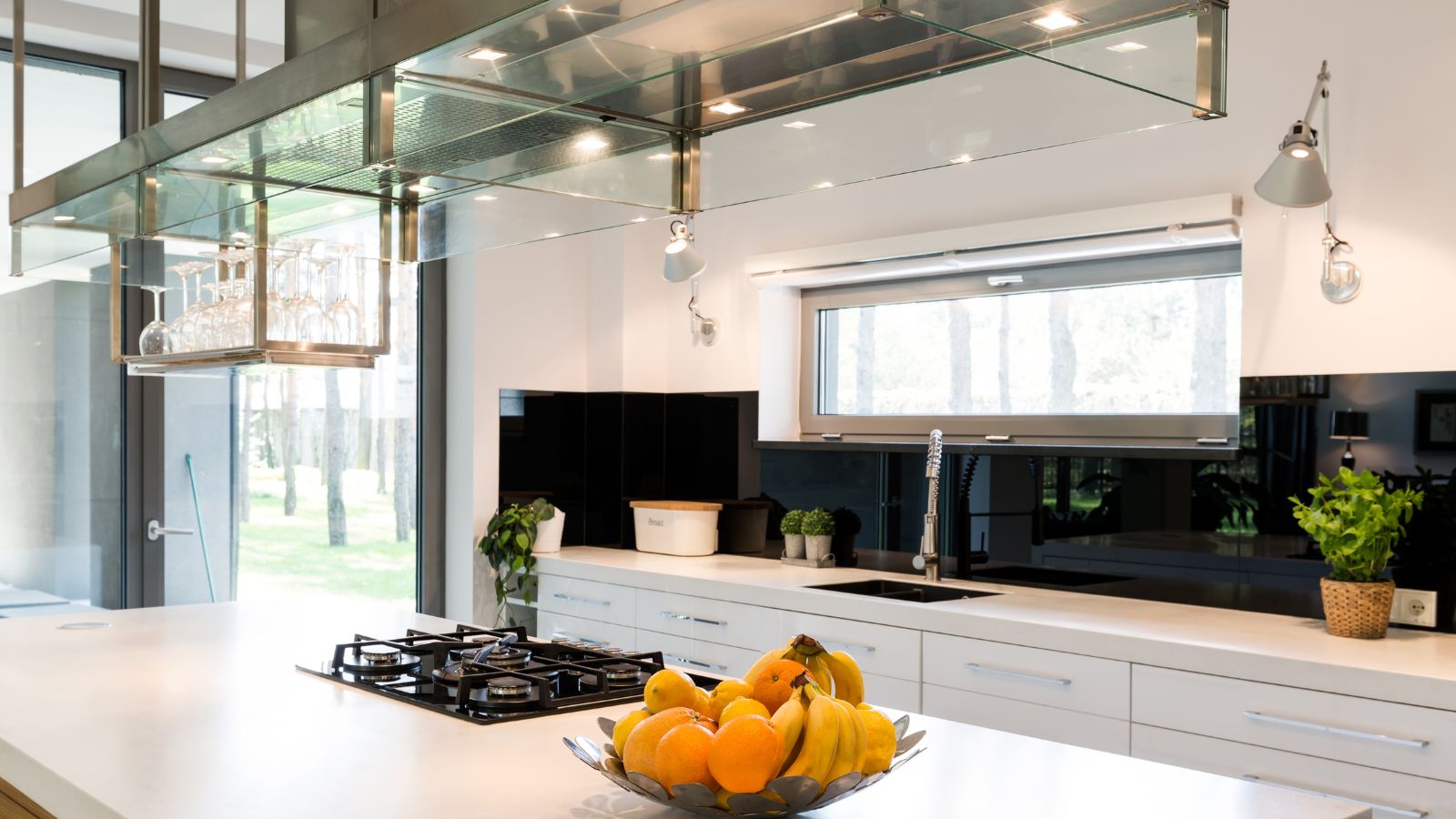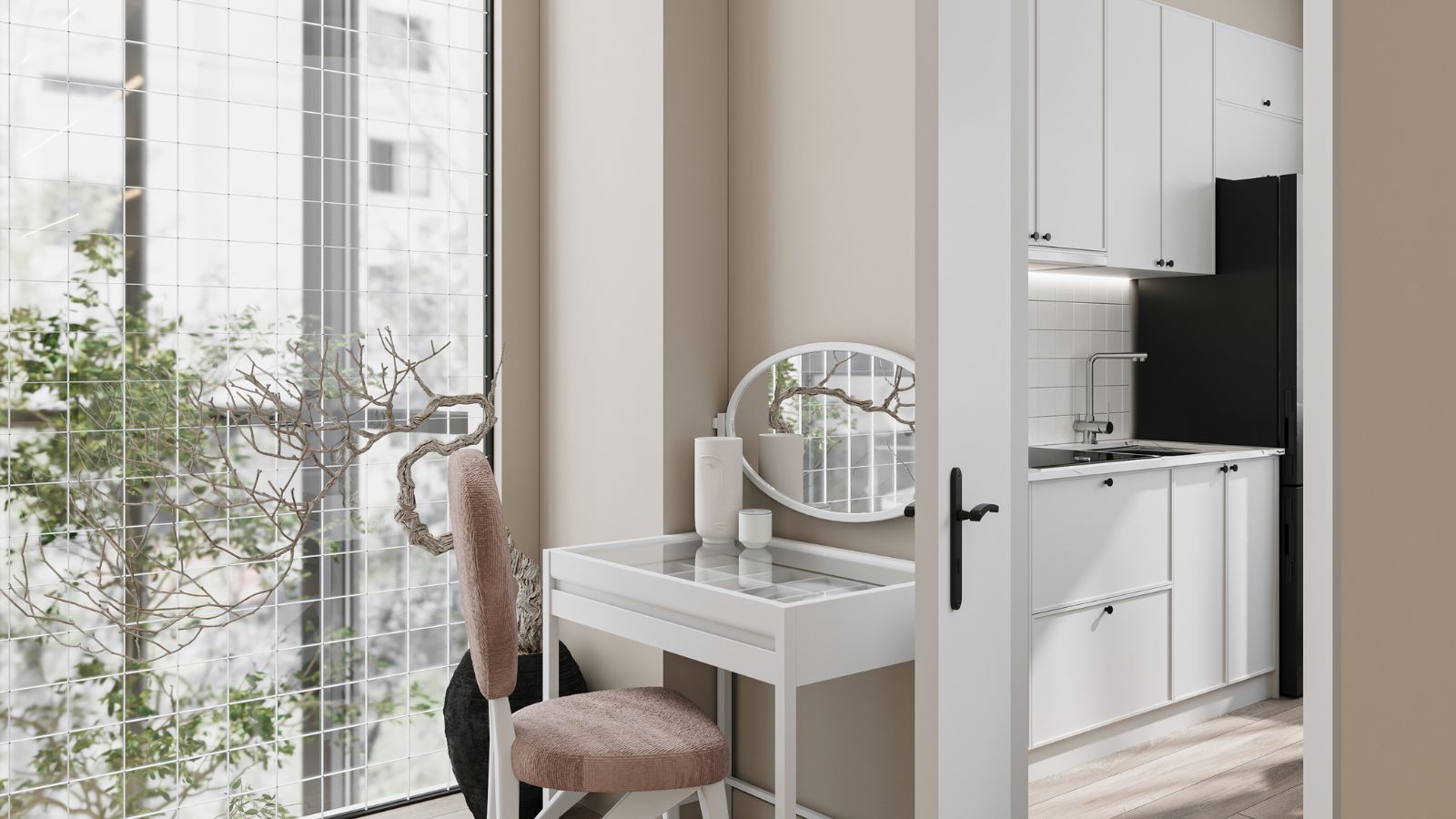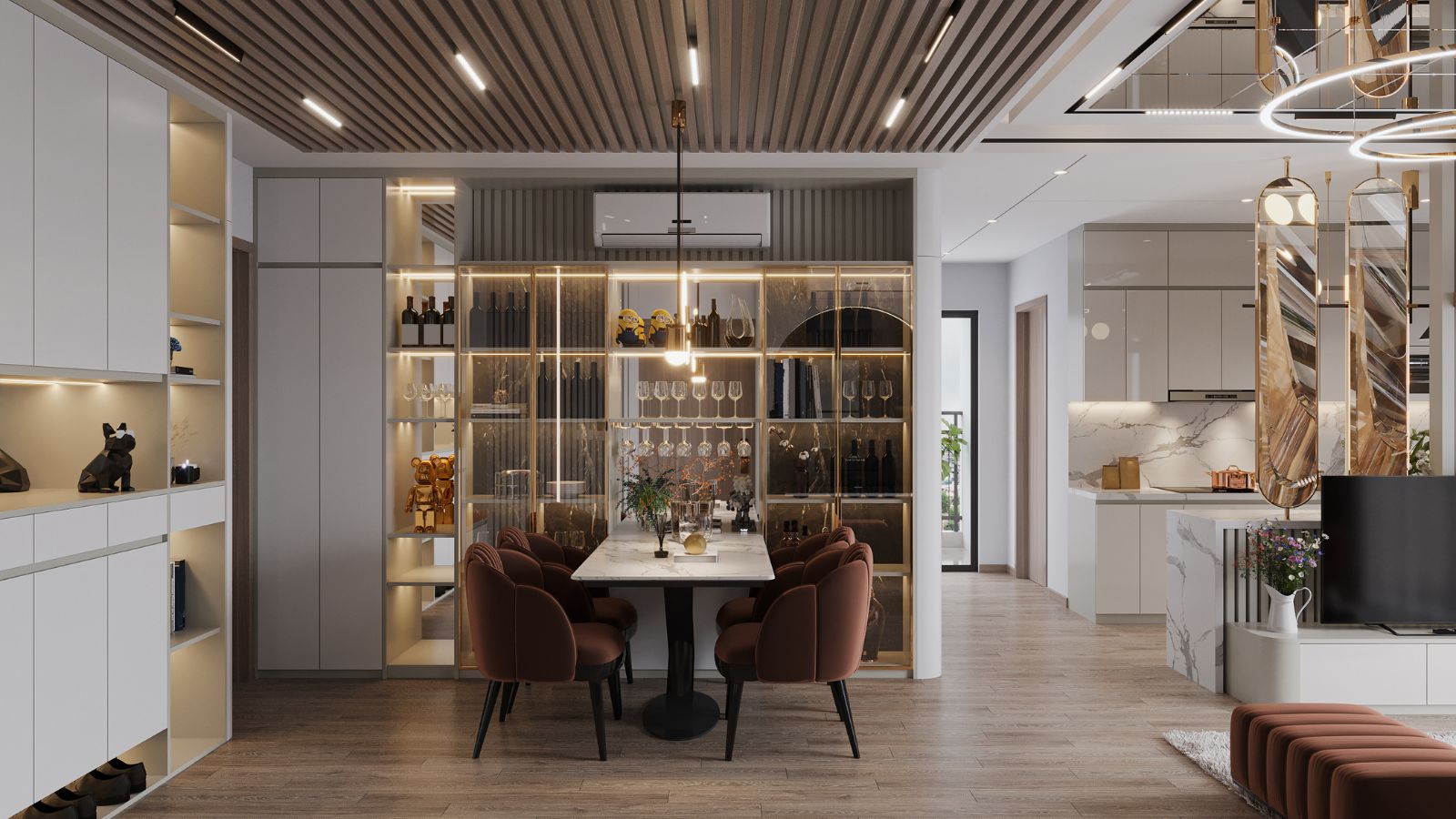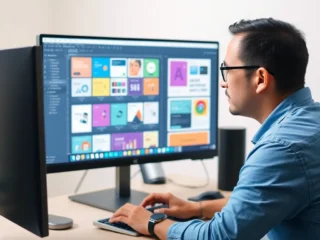
Smart design has revolutionized the way we approach space planning, making rooms not only more functional but also aesthetically pleasing. Historically, the idea of efficient space use dates back to the early 20th century, when designers like Frank Lloyd Wright began experimenting with open floor plans and multifunctional furniture. Over time, as urban living spaces grew smaller and technology advanced, designers began focusing more on optimizing every square foot. Today, smart design goes beyond just arrangement; it incorporates technology, innovative materials, and a holistic approach to meeting the needs of the modern user. This evolution has made it possible to create spaces that enhance productivity, comfort, and style all at once.
Understanding Smart Design
Smart design is about creating spaces that work efficiently while also being visually appealing. It involves thoughtful planning to ensure that every inch of a room serves a purpose. The goal is to make living or working environments more comfortable and practical, especially in today’s fast-paced world where time and space are precious. At its core, smart design considers functionality, aesthetics, and the overall experience of those using the space. This approach isn’t just about filling a room with things but finding the right balance between design elements that can adapt to different needs.
Key principles of smart design include:
- Maximizing natural light
- Using multi-functional furniture
- Creating open and flexible layouts
- Incorporating storage solutions
- Simplifying decor to reduce clutter
- Focusing on durability and quality materials
- Integrating smart technology for ease of use
By understanding and applying these principles, smart design ensures that spaces can evolve with the needs of the people who use them.
Maximizing Available Space
Maximizing available space is one of the key objectives of smart design. Whether you’re working with a small apartment or a compact office, the goal is to use every square foot efficiently. This approach involves organizing the layout and selecting furniture that suits the space while leaving enough room for movement. Clever design techniques can make even the smallest of spaces feel open and inviting. For instance, modular furniture can be rearranged or folded away when not in use, helping to keep the space tidy. In addition, maximizing vertical space, such as using tall shelves or installing hooks and racks, is an excellent way to reduce clutter. Many people also turn to specialized storage solutions, like Quality NSA Storage Units, to keep items neatly organized and easily accessible, particularly when space is limited. These units are designed to fit into tight spaces and help maintain a clean and functional environment. Another smart solution is creating multifunctional areas that serve more than one purpose, like a dining area that can double as a workspace. By implementing these strategies, a small room can be transformed into a well-organized, versatile space.
Note: The idea of maximizing space dates back to the mid-20th century, when architects like Le Corbusier and Mies van der Rohe began focusing on minimalist design and open floor plans. This laid the groundwork for the modern smart design movement, where functionality became just as important as aesthetics.
Multi-Function Furniture
Multi-function furniture plays a pivotal role in modern smart design, especially when working with limited space. It serves the dual purpose of combining style and practicality, offering more than just a place to sit or sleep. In today’s world, where spaces are often smaller, every item in a room must pull double duty. A sofa that can turn into a bed or a coffee table with hidden storage makes a huge difference in how efficiently a room is used. This type of furniture helps create a clutter-free environment while offering flexibility. For example, a dining table might also function as a workspace or an ottoman might open up to reveal storage space for books or blankets. The beauty of multi-function furniture is its ability to adapt to changing needs without taking up extra space. It provides the perfect balance of form and function, ensuring that the room remains stylish without sacrificing comfort or usability. These pieces are designed to make the most of every inch, whether it’s in a cozy apartment, a home office, or a small living room. When used effectively, multi-function furniture can truly transform a space into one that works for your lifestyle.
Optimizing Layouts And Flow
Optimizing layouts and flow is essential in creating functional and efficient spaces. A well-thought-out layout ensures that every area in the room is utilized to its full potential, providing a smooth transition from one space to the next. When designing any room, it’s crucial to think about how the space will be used and how people will move through it. A room that feels cramped or cluttered can quickly lead to frustration, so the flow of movement is key to making it comfortable. Key design principles for optimizing layout and flow include maximizing open spaces, arranging furniture to encourage natural movement, and keeping pathways clear. Furniture placement plays a significant role in how spacious a room feels. For example, positioning furniture away from walls can create a more open and inviting atmosphere. Another important factor is ensuring that the room’s layout suits its purpose. In a living room, for example, the seating should be arranged to promote conversation, while in a home office, the desk should be positioned in a way that maximizes productivity. By carefully planning the flow of the space, you can create an environment that feels both spacious and functional.
Insight: A good layout isn’t just about aesthetics; it’s about making sure the space works for the people who use it. Thinking about how you move through a room and how it makes you feel can make a huge difference in your overall comfort and productivity.
Incorporating Smart Tech
Incorporating smart technology into a space enhances its functionality and convenience. From smart lighting that adjusts to your mood to thermostats that learn your schedule, technology can make your home or office more efficient. Voice-controlled assistants, smart security systems, and automated appliances also contribute to making daily tasks easier. By integrating these technologies, spaces can become more responsive to the needs of their users, creating a seamless, modern experience that saves time and improves comfort.
Creating Lasting Impact
Smart design creates spaces that are not only functional today but adaptable for the future. By considering both current needs and potential changes, smart design ensures that spaces remain relevant over time. Whether it’s through flexible furniture, technology integration, or efficient layouts, these designs make everyday life easier while also adding lasting value. Thoughtful planning and attention to detail create environments that continue to serve well into the future.





